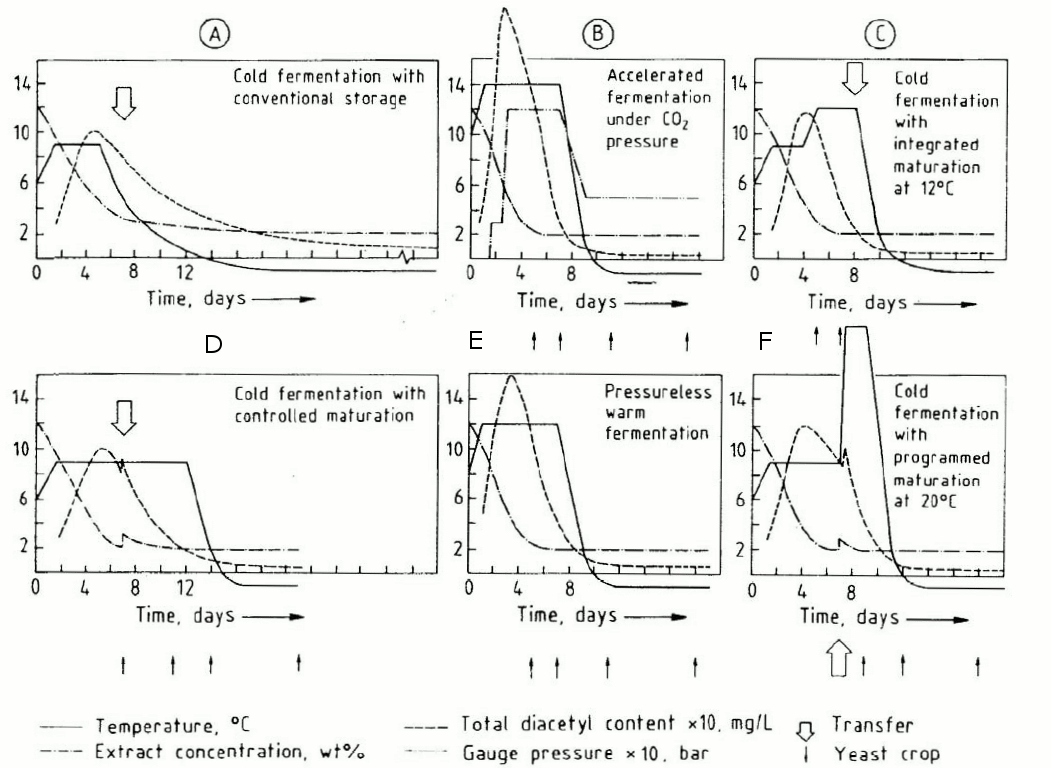Actually, at the homebrewing scale, it's probably not that important, but there is a potential risk with cold crashing lagers. I believe it is Briggs (Brewing Science and Practice) who states that sudden temperature drops can cause lager yeast to secrete proteolytic enzymes, thereby reducing foam/stability.
I slowly reduce temperatures per the recommendations because with a temperature regulator, why not? Plus, I only like to cold-shock yeast when I'm done with them. I still want a good amount of yeast in suspension during lagering. But plenty of homebrewers cold crash lagers for lagering and have not experienced reduced foam. So, it's up to you. And I think a degree or two (Fahrenheit) is conservative. I usually do 2 to 3 °F per day.



